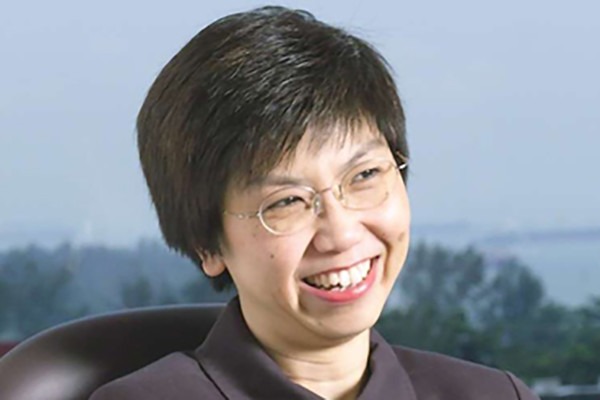
Ms Lim Soo Hoon, Permanent Secretary (Finance)(Performance) spoke at the Institute of Singapore Chartered Accountants’ (ISCA) Singapore Accountancy Convention.
She said that in line with the Government’s goal for Singapore to be a global accountancy hub, ISCA had been making good progress in its efforts to transform the Institute into a globally-recognised professional accountancy body. Earlier this year, ISCA joined Chartered Accountants Worldwide as an Associate member. A strong accountancy sector is integral to Singapore’s role as a global financial centre.
The accountancy sector must anticipate and embrace change but endeavour to lead the change where possible and be at the forefront of the developments. Singapore can lead change on three fronts: technology; advisory services; and talent management.
Singapore needs to harness technology to increase productivity. Technology has disrupted many sectors and the accountancy sector is no exception. A report released by Oxford University in 2013 entitled “The Future of Employment’ revealed that the jobs of accountants and auditors have a high probability of being susceptible to computerisation. Despite the risks, however, Ms Lim Soo Hoon believes there are opportunities for Singapore to create and capture greater value through the use of technology.
Accountants in businesses can provide higher value business insights by harnessing technology. The third ISCA Productivity Scorecard and Benchmarking Survey report conducted earlier this year revealed that only 50% of Singapore companies have some form of financial cockpit and dashboard. This suggests there is room for Singapore companies to tap on computerised tracking or monitoring tools to ensure better visibility and control of their financials to ultimately, increase business efficiency.
SPRING and other public agencies have provided many grants and initiatives to help SMEs, including SMPs, automate and increase productivity.It is thought that there is no lack of funding support or technological tool available. But the problem is the slow take up of the help offered.
“This morning I read that the latest annual SME Development Survey conducted by the Singapore Business Federation (SBF) showed that the proportion of SMEs that have invested in technology has increased from 64% to 68%. I do not know how the SMPs fare in this regard but I strongly encourage SMPs that have not done so to tap onto the various grants available and embrace technology to improve your business models and processes. You can in turn help transform our SMEs and improve their productivity.”
Technology alone cannot take the accountancy sector into a new era. The sector needs to provide new market-relevant services. The Singapore Accountancy Commission’s (SAC) recent census of accounting entities in Singapore revealed that while 67% of the accounting entities are anticipating a growth in revenue from audit services in the next 12 months, 80% are expecting to bring in more revenue through growth in non-audit services.
The census also revealed that while the Big-4 firms derive most of their revenues from non-audit-related services, most of the other accounting entities still derive the bulk of their revenue from providing audit services. Audit is important and remains the bedrock of the accountancy business. However, with the new audit exemption threshold which came into force in July 2015, smaller audit firms need to come up with new business models and pursue new and more sustainable revenue streams apart from audit.
Developing stronger competencies in areas like advisory will not only open new markets for SMPs as the next frontier of growth, it will also help boost Singapore’s position as a global accountancy hub. The ASEAN Mutual Recognition Arrangement Framework on Accountancy Services will increase market access for accounting professionals to other ASEAN markets. While audit remains regulated and requires domestic licensing, there are opportunities for the expansion of accounting entities through the export of the broader array of accountancy-related services.
“For smaller firms that have been relying on manual audit services and are concerned about introducing major changes to your business model, They should be encouraged to start now and take that first step.”
















